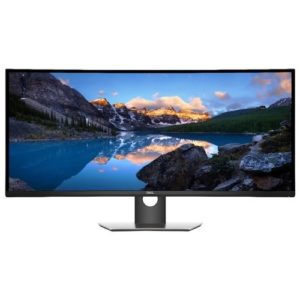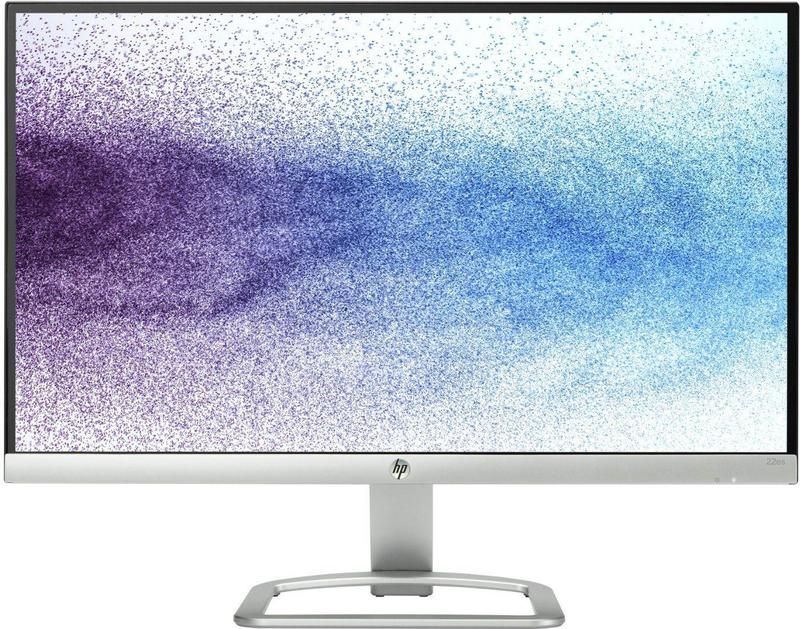Overdrive in a monitor, what is it?
 have many features designed to improve image quality. One of them is Overdrive technology.
have many features designed to improve image quality. One of them is Overdrive technology.
An LCD panel is a collection of subpixels that refract the rays of a light source specially directed at them. It is due to this that the image appears on the screen. In this case, the frame rate depends on the speed of movement of the turning crystals, which provide the required amount of light and the correct angle of refraction.
For reference. The period of time that liquid crystals require to take the desired position is the response time. It largely depends primarily on the type of matrix, as well as on the composition of the crystals and on the voltage applied to the pixel - the higher the voltage, the higher the response time. On average it is from 4 ms to 60 ms.
For different types of matrices, the response time varies greatly:
- TN+film is a good modern matrix at an affordable price, the response time is 6 ms and below. The disadvantages of the matrix are low color rendering and faded images when viewed from an inappropriate angle;
- modern IPS is the best modern matrix with excellent color reproduction, good clarity and brightness from any viewing angle and the highest VO (1-2 ms). Disadvantages - high cost;
- MVA is not the best matrix, it has a wide viewing angle, good color rendition and contrast at a low price, but is characterized by distortion of some shades, and the response time is 16–25 ms;

- PVA is a matrix with characteristics close to MVA, but with a very high response time (up to 80 ms);
- S-PVA/S-MVA is a “hybrid” matrix that has adopted the best properties of its predecessors. VO – 5–12 ms.
In a regular monitor, the “black-and-white” color change occurs faster than the “gray-gray” color change. This depends on the voltages applied to the pixels. The essence of Overdrive technology is the supply of precisely calculated control voltages, due to which the rotation of liquid crystals to the desired position is significantly accelerated, and the response time is 1–8 ms.
Thus, the speed of changing images on the screen increases significantly. But the technology also has disadvantages - firstly, the magnitude of the pulses supplied to the pixels must significantly exceed the standard one, this leads to the complication of the monitor electronics and an increase in its cost. Secondly, white flickering may appear on gray surfaces when playing very dynamic scenes.
Description of Overdrive
 In simple terms, the Overdrive function increases image clarity for both videos and games, and is also responsible for:
In simple terms, the Overdrive function increases image clarity for both videos and games, and is also responsible for:
- brightness of white, black;
- color gamut;
- color temperature;
- uniformity of illumination;
- possible color deviations;
- Changes gamma curves of gray and RGB colors.
Important! You can determine whether a particular monitor supports this function by looking at its specification - if the response time is specified as grey-to-gray (gtg, g2g), then the monitor almost certainly supports Overdrive. However, there is not always a need to connect this technology. For monitors with high VO (8–10 ms), Overdrive is not relevant, since it can only slightly increase image clarity, but at the same time greatly increase its contrast. But the function is great for screens with a response time of 25 ms and above.
Depending on the monitor model, the Overdrive function can be adjusted either automatically or manually. Manual means turning it on/off in the monitor menu, and with automatic Overdrive works by default.





